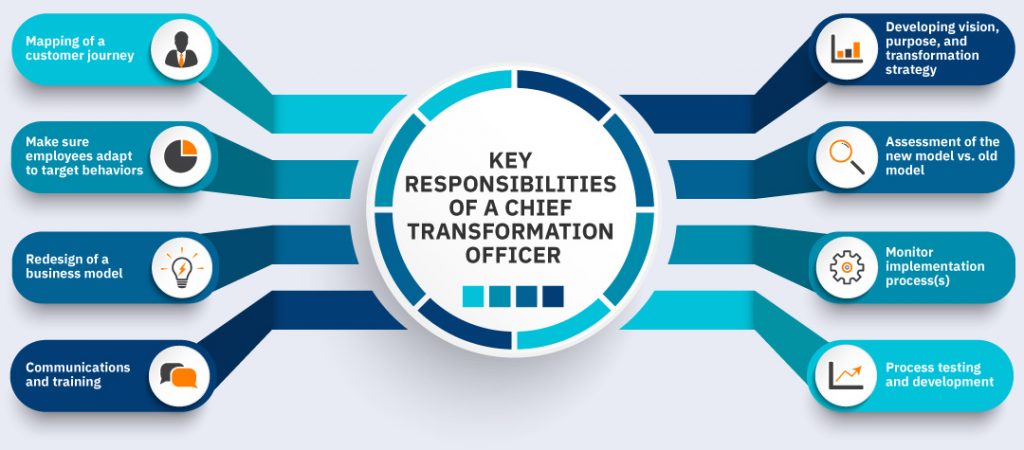Digital disruption is impacting every industry and transforming the ways of working. The traditional models are slowly waning, and trailblazing technologies are emerging. In the age of cloud computing and internet applications, services like telegram and postcards are things of the past. Banking too has endured many changes over time while implementing several new technologies to facilitate faster transactions and on-the-move banking with just a few clicks. AI in banking is taking transformation to a new level.
The unprecedented Covid-19 scenario, which has compelled many to stay at home, has further pushed the banks to explore innovative banking solutions and create a differentiation strategy for the convenience of their customers. Artificial intelligence (AI) is one of the most powerful technologies that has been helping the banking sector to drive several of these new-age innovations.
Driven by the benefits of predictive analytics, voice recognition, and advance human learning capabilities, AI technology enables banks to provide a customized experience to their customers, strengthens compliance, and delivers a secure digital payment ecosystem across a plethora of channels. It helps manage an enormous amount of data at a rapid speed, and empowers them to comprehend detailed insights from it, providing a better understanding of their customers and behaviors.
Globally, tools such as conversational chatbots, virtual security assistants, fraud detection, and face recognition are being widely used to drive meaningful customer engagement. If we look at the Indian market scenario, banks are waking up to the benefits of AI tools for both back-office and customer interfacing functions.
Let’s look at the AI journeys of some of the leading banks.
HDFC Bank
In 2017, India’s leading private-sector bank deployed an AI-based conversational chatbot called Electronic Virtual Assistant (EVA). In less than three years of its deployment, EVA, designed by Bengaluru-based Senseforth AI Research has claimed to have helped HDFC respond to over 5 million customer queries with more than 85% accuracy. The tool uses natural language processing and is now also available on the Google Assistant platform. It provides the relevant answers to users by scanning thousands of HDFC website sources in just a few seconds.
Chatbots like EVA help fetch relevant information very easily without letting users navigate the entire website or getting into a painstaking effort of waiting on a call. In addition to EVA, the bank has also deployed several AI-enabled tools in risk management, credit scoring, employee engagement, and onboarding in the last few years. It uses OnChat, which works on Facebook, to help with all kind of bill-payments. HDFC is also testing various in-store robotic applications.
State Bank of India
Despite being a public-sector bank, SBI is known to be aggressive in terms of leveraging the latest technologies. The company’s banking dashboards are considered to be one of the best in the industry. In terms of AI-enabled solutions, the bank’s facial recognition solution, developed by Chapdex, the winning team from its first hackathon Code for Bank, helps it analyze and understand the feedback of its customers through their facial expressions. The solution is installed in the branch cameras and collects impressions of customers to identify if they are delighted from their bank visits or not.
The Fortune Global 500 bank has been also leveraging the benefits of SBI Intelligent Assistant (SIA), an AI-powered chat and voice assistant, to answer the customer queries promptly. Developed by Payjo, a startup based in Silicon Valley and Bengaluru, the solution has helped SBI reduce a considerable amount of operational costs since its launch in 2017. The solution interacts with customers to address queries and tasks related to everyday banking just like a bank representative.
The company has also recently entered into a pact with Microsoft to develop an AI-powered marketplace aimed at helping the banking, financial services, and insurance (BFSI) industry to connect people living with disabilities for upskilling and employment.
Axis Bank
Mumbai-based country’s third-largest bank, Axis Bank, has built two AI solutions that have made life easier for its customers. Its bot, ‘Simply Ask Axis Aha’ aims to bridge the gap between customers and the bank. Users can access the tool through Axis bank mobile app and use a conversational approach to transfer funds, pay bills, recharge, generate banking statements, or enquire about the latest Axis products and services. The bot acts as a conversational assistant to resolve queries of all kinds.
Very recently, Axis has deployed a voice-based conversational bot or automated voice assistant AXAA. The solution operates like a humanoid and claims to deliver far better results than a conventional interactive voice response (IVR) system. According to the company, the solution will assist customers to traverse through the IVR and address their queries and requests, without the need for any human intervention in most cases. Interestingly, the solution can converse in English, Hindi, and Hinglish, and has the potential to address about one lakh customer queries per day.
ICICI Bank
ICICI has been heavily focusing on AI-enabled robotic process automation (RPA) technology for process improvement. The RPA technology enables businesses to automate high-volume, tedious, and time-taking tasks that doesn’t require much human intervention. It has already deployed RPA technology on over 1,200 business processes such as customer onboarding, loan processing, and reconciliation, among others.
The bank also has and AI-powered Chatbot, iPal, that has recently been integrated with Amazon Alexa and Google Assistant. The solution provides an array of retail banking information such as account details, account balance, transaction queries, and credit card details among others through a simple voice command.
Though still at a nascent stage, and mostly restricted to chatbots, Indian banks are now experimenting with several new AI ideas to transform the traditional banking experience. In the next few years, the role of AI is expected to be evolved significantly. A special focus will be on developing customized solutions for customers and designing software based on cognitive fraud analytics. Punjab National Bank (PNB), for instance, has already deployed AI for reconciliation of accounts and to strengthen its internal audit control mechanisms. A number of banks are likely to use AI to detect suspicious activity. Through real-time behavior profiling, distrustful activities of banking users will be immediately reported and blocked for fraud prevention.











0 Comments